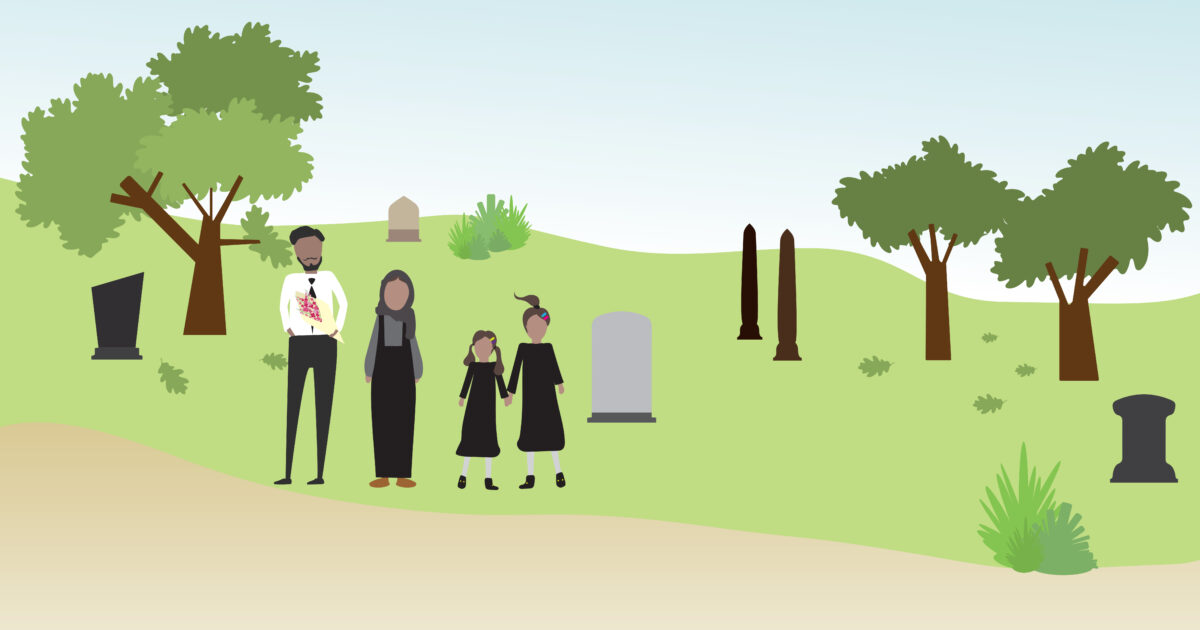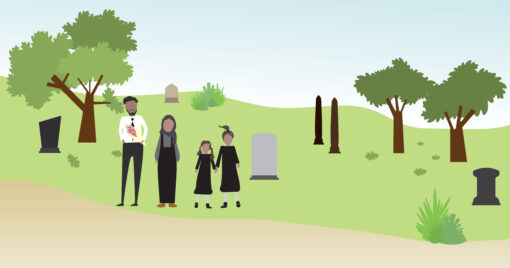
Bereavement authority COVID-19 measures help ease pressure on hospitals
This article was provided by the BAO to the Ontario Hospital Association (OHA) to share with hospitals. – One of two articles / Read Article 2
The Bereavement Authority of Ontario (BAO) has put measures in place to help hospitals in managing patient deaths during the surging pandemic.
The BAO is the government delegated administrative authority regulating the death care sector in Ontario. Its more than 5,300 licensees provide professional services to grieving families for funerals, transfers, burials, cremations and hydrolysis of deceased loved ones.
On Jan. 12, the day the Government of Ontario declared a second provincial emergency, the BAO issued a Registrar’s Directive putting new measures in place. The measures for the bereavement sector ensure continued timely dispositions of those who have died and minimize the risk of overwhelming hospital morgues.
MEDR –
Quickly transferring the deceased from hospitals
This directive, called the Modified Expedited Death Response (MEDR) plan, supports healthcare by transferring the dead from hospitals quickly and freeing hospital staff to spend more time caring for the living.
Healthcare staff may remember the effectiveness of the first Expedited Death Response (EDR) plan from the first wave of the pandemic.
Here’s what hospital healthcare staff need to know about the Modified EDR plan:
- Funeral/transfer staff must attend at hospitals and long-term care (LTC) facilities within six (6) hours of being advised that the decedent is ready for release.
- Funeral/transfer staff will go inside the hospital/LTC if required and remove the decedent. (This is a change from the former EDR protocols in the first wave.)
- A completed and signed Medical Certificate of Death is required before the decedent can be taken into the funeral/transfer service’s care.
- Funeral/transfer staff must make arrangements with the family within 24 hours of taking a body into care. Disposition must occur as soon as possible. There is to be no storing or “stockpiling” of decedents.
In the MEDR, cemeteries, crematoriums and hydrolysis services are directed to have all their resources in place needed to operate at full capacity to ensure there is no stockpiling of the dead, which has occurred in the United States, Spain, Italy and in the province of Quebec.
Read the entire BAO Registrar’s MEDR Directive on the BAO website, which was updated on Feb. 9 in alignment with new provincial rules.
This article was provided by the BAO to the Ontario Hospital Association (OHA) to share with hospitals. – One of two articles / Read Article 2
About the BAO
The Bereavement Authority of Ontario (BAO) is a government delegated authority administering provisions of the Funeral, Burial and Cremation Services Act, 2002 (FBCSA) on behalf of the Ministry of Government and Consumer Services. Responsible for protection of the public interest, the BAO regulates and supports licensed: funeral establishment operators, directors and preplanners; cemetery, crematorium and alternative disposition operators; transfer service operators; and bereavement sector sales representatives across Ontario. The BAO is wholly funded by licensee fees (not tax dollars).


